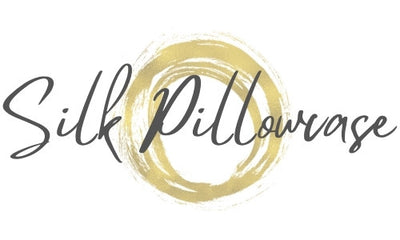Silk cannot be washed with detergent - False
Partly true and partly false in this case. We recommend using only mild detergents. In the case of Persil, for example, the company themselves say the best choice is their Silk and Wool detergent.
Woolite by Reckitt is another option, as is Dreft from Proctor and Gamble (the brand also behind Ariel) or Ecover’s Wool and Silk laundry liquid. Most supermarkets also offer their own brands. If in doubt, look for a detergent marked as suitable for delicates and read the label carefully.
Never, ever use a detergent containing any kind of bleach or chlorine. Those designed for whites, for example, may contain such substances.
Silk should be spot cleaned - False
We don’t recommend spot cleaning of silk bedding, as it can make that area lighter in colour than the rest of your pillowcase. Another reason is that if you’re trying to remove a stain, you may agitate the fabric - and therefore its delicate fibres - more than you mean to.
Silk should always be treated with the utmost care. Never scrub, wring or twist anything made from silk, as it can cause permanent damage to the fibres that make up the fabric. If you do need to spot clean silk, it’s best to wash the entire piece, following the usual instructions.
If disaster does strike - and you’re all out of a washing detergent suitable for delicates - you can hand wash the silk (if the care label says it’s suitable for this) using a gentle product such as baby shampoo or a non alkaline soap.
If you don’t want to take just our word for it, check out these articles from Martha Stewart and Good Housekeeping on how to wash silk safely.
And finally, a quick disclaimer - If you own a silk garment, do always follow the manufacturer’s specific instructions. That way you should be covered if something does happen to the item during the cleaning process.
See our range including the popular grey silk pillowcase. They make ideal gifts for a loved one.
